Sony A6300 Mirrorless With Nauticam Housing – Underwater Review
Mirrorless cameras have already established their status as a leading choice for Underwater Photography, providing the perfect balance between size, quality and usability. The new Sony A6300 comes from a long line of successful mirrorless cameras and we can safely say that Sony did NOT disappoint!
Sony based the A6300 on its popular predecessor, the A6000, but implemented upgrades on almost every aspect.
Here are a few highlights of the Sony A6300 compared to the A6000:
- 4K Video capabilities, as well as 120fps at full HD which enables great slow motion videos.
- Faster Auto-Focus – 425 phase detection autofocus points enables the camera to focus within 0.05 seconds only!
- Increased ISO – The A6300 is capable of shooting at 51,200 ISO, thanks to the newly developed sensor.
- Excellent viewfinder – Tru-Finder, which is the closest technology can get to an optical viewfinder.
- Silent mode – turn this On and your camera will not make ANY sound.
- Slightly improved battery life.
Honestly, I’m mostly excited about the improved video, image quality and AF.
I picked up the camera just before the 2016 Scuba Show in Long Beach, and had a blast shooting with it for the whole show, including videos and photos. The lighting wasn’t ideal there, so I bumped up the ISO to 6400. Reviewing the photos later that evening, I had to check my Exif several times! I could NOT believe that these images were taken at 6400 ISO. The A6300 produced crisp, colorful and almost noise free even in those conditions and I immediately fell in love.
The camera itself allows a very high level of customization, just the way we underwater photographers like it. You can easily assign your own choice of controls to almost every button, which makes it really easy to use back-focus, quick access to WB, flash and other features crucial for UW photography.
There are plenty of lens options available, but the most versatile one is the kit lens, which features a medium range of 16-50mm (24-75mm equivalent). Using wet lenses, such as the Nauticam WWL-1 and CMC-1, you can really get a complete range of shooting modes – from a wide angle on a Whale Shark to a macro shot of a Nudibranch. We’ll get to that later.
The Nauticam Housing
Nauticam’s housing for the Sony A6300 is a very impressive piece of engineering. Every button, control, lever and dial have been well thought out, resulting in a very intuitive housing, and still maintaining a compact size, which is one of the main reasons UW photographers prefer mirrorless over DSLR these days.
Changing ports is completely effortless, thanks to the patented port locking system, which only requires the flick of a lever to release and lock the port. Both dials are supported with conveniently located corresponding dials on the housing, and the shutter release is very soft, making it easy to find the half-press, if you choose to use it.
To insert the camera, simply attach the tray to the camera and slide it in until it locks in place.
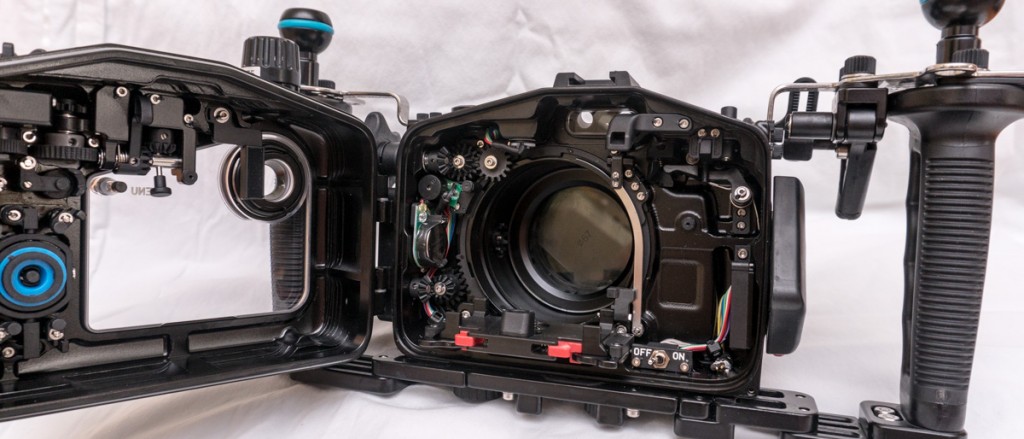
I test out a lot of gear, so I like to have many mounting options. Apart from the optional FlexiTray, the A6300 also includes a useful cold shoe mount and an M10 thread for an additional ball mount (optional).
The M14 bulkhead can be fitted with a vacuum valve, to take advantage of the integrated vacuum and leak detection system. If you’re not familiar with it yet, this system allows you to create a vacuum inside the housing and detect any loss of pressure inside. At the slightest change, the built in LED will flash to let you know there’s a problem. This is mostly useful before entering the water – you simply pressurize your housing 15 minutes before the dive. If the vacuum holds, then your gear is safe! Beats the hell out of crossing fingers and dipping it quickly to look for leaks.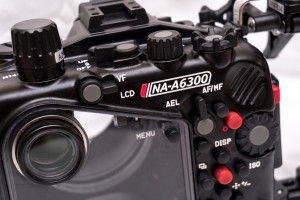
Nauticam even supports a few difficult controls such as raising and lowering the flash, switching between the EVF and LCD, and the AEL-AF/MF lever.
To complete your system, add the Flexitray with the metal brackets for extra sturdiness and the add-on shutter-release trigger, which takes the load off your wrist and adds a convenient trigger on the right handle grip.
Topside Performance
As I mentioned before, I was using the A6300 with the 16-50mm lens at the Scuba Show in Long Beach this year. I was astonished at the low light capabilities of the A6300’s 24MP Exmor CMOS sensor. Shooting videos and photos at ISO 6400 seemed completely natural and the results were impressive.
Burst shooting, even on RAW, is more than I will ever need and focusing speed is lightning fast.
The camera itself has a very deep grip, which for me is quite important. I used to shoot with DSLRs for over 10 years, so I like the feeling of a “real” camera in my hand.
ISO – Low Light Capabilities
To get a better feeling of the A6300’s low light capabilities, check out the tests I did below, showing the same image taken with different ISO settings. On the highest ISO’s I had to close down the aperture to prevent over exposure. All images were shot RAW and converted to JPG without additional processing.
The video quality is fantastic and the stabilizer works very well to compensate for my inevitable shakes.
Underwater Performance
I’ve taken the A6300 for a spin in the colorful reefs of Isla Mujeres. I used a YS-D2 and YS-01 strobes, as well as a Sola 2500 S/F video light, to help me focus and capture some nice videos.
Here are a few results with just the 16-5omm under a flat port:
I found focusing to be very fast and precise. I used mostly Wide Zone, and let the camera do its thing, but when shooting close -up subjects, such as the lobster on top, you may want to use Spot focus to make sure you get the eyes in focus.
If you like using your strobes on manual, like me, the A6300 allows you to use -3.0 flash compensation, which helps save battery life by reducing the flash power.
Video performance is outstanding. I’m not a great videographer myself, but from my initial tests I managed to get some good shots of marine life around the reef, and enjoyed the excellent video AF even when changing distance from subject several times during the shot.
Wet Lenses – Compact Versatility with Mirrorless Quality

On the photos below, I used the Inon UWL-H100, without a dome port. The results were quite pleasing. There was minimal vignetting, which can be either corrected in post, or by zooming in to 20mm. Corner sharpness was acceptable and overall quality was very good. I definitely appreciate the added range underwater especially when shooting people or wide reef shots.
I left the vignetting uncropped on purpose, to demonstrate how it actually looks coming out of the camera.
Swimming with Whale Sharks in Isla Mujeres, using the Sony A6300 + 16-50mm + WWL-1 Wide Angle Wet Lens.
The photos above are slightly cropped, since the WWL-1 does vignette on the widest setting of the 16-50mm. I used the Bayonet mount here which is a thousand times easier to handle underwater than the 67mm, allowing you to replace lenses quickly and efficiently. It even vignettes slightly less than the 67mm mount, but only by a few pixels.
Here are a couple of uncropped images with the WWL-1:
Here are a few more tests, comparing between the Inon UWL-H100 (with Dome) vs. the Nauticam WWL-1.
This time I used the 67mm mount on both of them and switched between them underwater to test the differences.
Overall, the WWL-1 provided a wider field of view, less vignetting, and was much faster to focus when zooming in through the lens.
The center of the image was very sharp with both lenses. The Inon UWL-H100 lost sharpness earlier towards the edge, especially with a larger aperture. When closing down the aperture on both lenses, center sharpness is reduced slightly, but corner sharpness improves. The sweet spot which provides the optimal results is somewhere around f/11-f/14 according to my tests.
When zooming in through the UWL-H100, I felt that occasionally the camera had some trouble finding focus, especially when the subject was very close to the lens. I didn’t feel that it happened with the WWL-1.
Here is how the photos look uncropped:
Here are a few more photos taken with the WWL-1 and UWL-H100:
Macro and Close-Ups
I also went out to test the macro capabilities of this system, comparing between the Nauticam CMC-1, Inon UCL-165 and just using the 16-50mm under the flat port without wet lenses.
* Big thanks to Mario from Scuba with Mario in Tikila Beach, Cozumel, for finding the Seahorses for us!
The results can be seen below:
I felt that the CMC was too powerful for this setup, making it very hard to focus, with a very short working distance (2-3″) and tiny depth of field. Once you do get one shot in focus, it’s awesome and super sharp, but it’s not easy! The Inon UCL-165 was much easier to control, and obtain focus with, still allowing nice macro shots. Not 1:1, but pretty decent nevertheless.
When shooting close-ups without any macro lens, the 16-50 can still provide nice results, allowing me to capture this 2″ Seahorse fairly easily and without getting too close.
Conclusion
As you can see from the results on this review, the Nauticam system for the Sony A6300 + 16-50mm + Wide Angle Lens + Close-up lens, provides a highly versatile system, which would allow you to shoot Whale Sharks, wide angle reef shots, fish portraits and even Sea Horse macro shots, all on the same dive!
Sure, the quality could be better with dedicated macro lens (such as the 90mm) and with a dedicated wide angle lens and dome (such as the 10-18mm), but if you’re looking for an all-around solution, without messing around with port changes, you would be more than happy with this combination.
If you have any specific questions about this setup, or different combinations, feel free to contact us on the online chat, or email me directly at ran@housingcamera.com. We’d love to help!
- Native Lenses vs. Wet Lenses for Underwater Photography – December 20, 2023
- The Complete Guide to Practicing at Home for Underwater Photographers – October 4, 2023
- Best Strobe for Underwater – The Ultimate Strobe Guide (Updated!) – June 29, 2023

 CAD
CAD
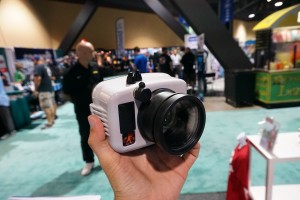

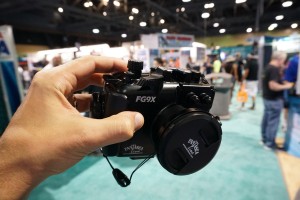

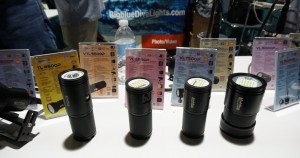






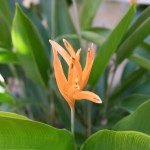











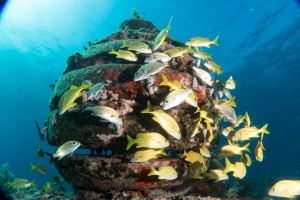
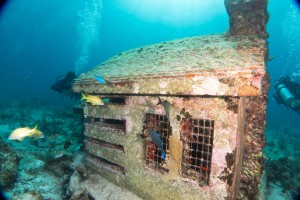

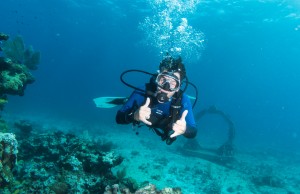
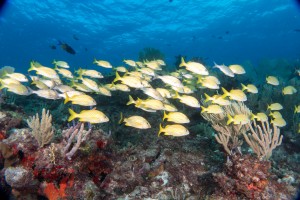

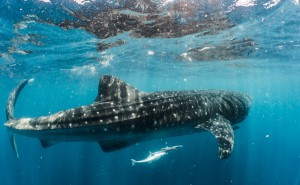
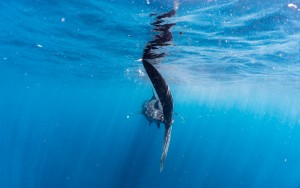
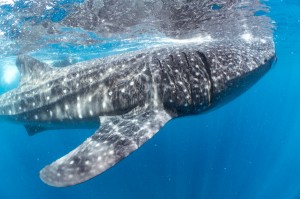

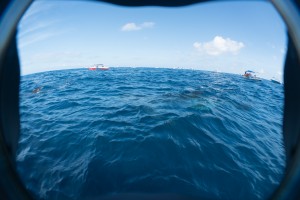

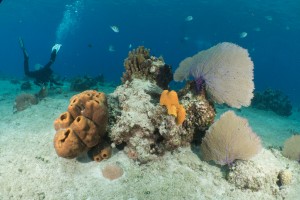


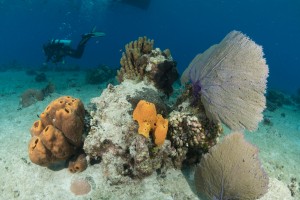
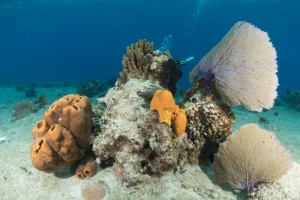
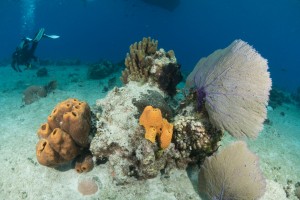
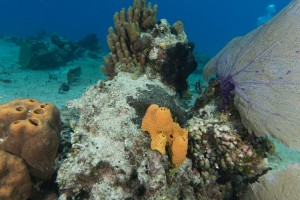
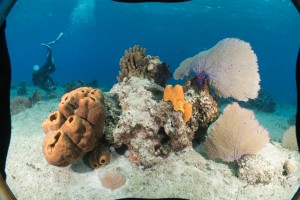
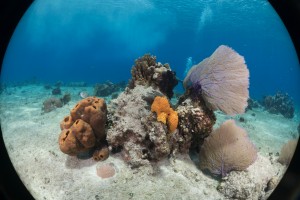

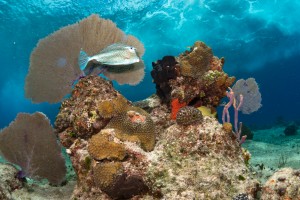

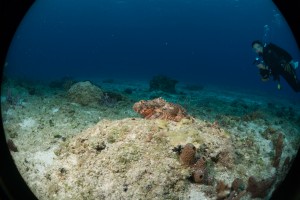
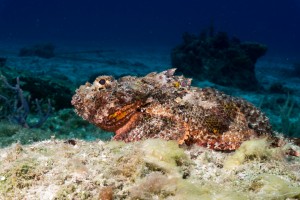

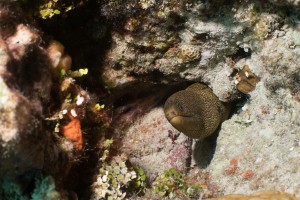
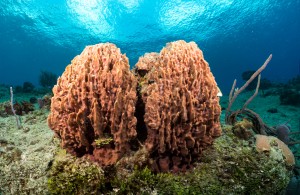
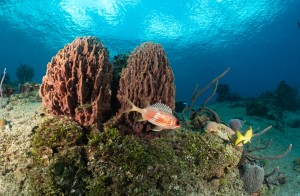


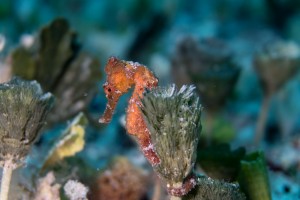
2 comments
Im looking for a small camera that takes good video and stills. I own a dive shop and we host a lot of trips. I make DVD and Bluerays for my customers when they go on a trip . Right now i am using a Canon hfg 20 video camera in a gates housing. Im not impressed with the MWB that the Canon can do and wouldnt mind downsizing, I dont want to loose quality if anything increase quality. Im not interested in a DSLR, been there and done that. what do you have that can do this. I haven’t had much luck in the past with Sony products, their MWB isn’t very good plus it has a lot of green . Unless there is improvement
Hi Larry!
The A6300 would be an excellent choice. It produces amazing high quality 4K video and would work very well for your needs.
Sony didn’t include a dedicated UW WB mode, so getting good colors may be a bit tricky, without using lights.
I got very good results using lights, as you can see in the video included in the review, but shooting ambient light video was harder and I couldn’t get really good colors when diving deeper. It does go all the way to 10,000K which is pretty standard for most cameras, so you can set it manually and produce good results.
Canon’s G7X II has a really nice UW WB mode, but it doesn’t shoot 4K and image quality isn’t as good as the A6300.
Shoot me an email if you have some more questions – ran@housingcamera.com! I’ll be happy to help 🙂